Among the rituals of the Central Highlands, the grave-leaving ceremony (Pơthi) is the largest, most important and unique ritual, taking place for a week or a whole month depending on each family (the wealthier the family, the larger and longer the grave-leaving ceremony). In the grave-leaving ceremony, there must be buffaloes, cows, pigs, chickens, wine, rice, etc.; people from the villages come to beat gongs and cymbals to bid farewell to the deceased, each village brings wine and a set of gongs and cymbals. Ignoring the traditional elements such as the long time and expense, the grave-leaving ceremony is actually a large, rich and most comprehensive art performance of the Central Highlands. In it, many types of folk art and performances are performed skillfully and with high symbolism.
Another important element in the tomb abandonment ceremony is the tomb house and the art of carving statues around the tomb house. Not everyone or at any time can make statues, each village has only a few people with the ability. The products made depend on the sublimation of the artist's emotions, so the tomb house statues are very lively, whether expressing the spirit, emotions or daily activities of people.
According to the report of Chu Pah district, Gia Lai province, the district currently has 13 communes, 2 towns and 20 ethnic groups residing with 77,031 ethnic minorities, accounting for more than 50% of the population, the largest being the Gia Rai and Ba Na ethnic groups (of which the Ba Na account for 8.23%; the Gia Rai account for 43.77%). These are the two ethnic groups that have lived the longest in Chu Pah.
However, in the integration process, many customs, practices, and traditional religious rituals of ethnic minorities, mainly the Gia Rai, are no longer suitable or have become an economic burden for the people. The fading and declining role of the traditional polytheistic belief system has caused a part of ethnic minorities in the Central Highlands, including the Gia Rai, to lack spiritual support, becoming the reason why a part of the people turn to other religions. Folk music researcher Bui Trong Hien shared that when ethnic groups in the Central Highlands change their beliefs, the belief in Yang Nui, Yang Song,... about Mother Rice will no longer exist. Along with that, a series of rituals and community religious activities, including the grave abandonment ceremony (Pơthi), the center of which is the gong performance ritual, will also be eliminated. When there is no more grave abandonment ceremony and ancient religious customs, there will be no more statue carving in the tomb and folk decorative arts will no longer exist.
The culture of the Central Highlands is diverse, rich and rich in identity; in which, the Central Highlands Gong Cultural Space is honored as an Oral Masterpiece and Intangible Cultural Heritage of Humanity. However, today, the long-standing culture of the Central Highlands ethnic groups is affected by many factors, especially traditional beliefs.
According to Nguyen Minh Duc, Head of the Department of Culture and Information of Chu Pah district, the cost of a grave-leaving ceremony is currently more than 100 million VND. For well-off households, it is not a problem, but for households with difficult economic circumstances, the cost after the grave-leaving ceremony is even more difficult. This is also one of the reasons why the Gia Rai ethnic group is no longer interested in traditional religious values. In Ia Ka commune, Chu Pah district, there are currently only two villages, Bui and Jruang, that still preserve the cultural values and long-standing customs of the ethnic group.
One challenge when traditional customs imbued with the heroic epics of the Central Highlands are no longer present is the change in the perception of the younger generation. When modern values flood in and become a priority, traditional customs may no longer be valued as much as before. Therefore, preserving tombs and related customs requires efforts from authorities at all levels, the Gia Rai community and cultural organizations.
In recent times, Chu Pah district has successfully restored a number of typical traditional festivals, such as: housewarming ceremonies, rain-praying ceremonies, water-wharf ceremonies, Po Thi Festival... According to Mr. Nguyen Minh Duc, these restored rituals and festivals have truly become community festivals, strengthening solidarity, raising awareness of preserving and promoting the good values of national culture. However, according to researcher Bui Trong Hien, in order for the traditional beliefs of the Central Highlands people to truly "live" in their performance space, it is necessary to awaken love, faith, and pride in cultural beliefs rather than "achievement" or "stage-making" in conservation projects, festivals or tourism activities.
Source: https://nhandan.vn/giu-gin-van-hoa-truyen-thong-cac-dan-toc-tay-nguyen-post875585.html






![[Photo] Crane falls on container truck and car at traffic construction site](https://vphoto.vietnam.vn/thumb/1200x675/vietnam/resource/IMAGE/2025/5/31/a8d3ae08da324cfe8ee406174c0eacc4)



![[Photo] Warm cultural exchange program between Vietnamese and Chinese women and children](https://vphoto.vietnam.vn/thumb/402x226/vietnam/resource/IMAGE/2025/5/31/d1a2416767494e1e8af631b8bb8cb16f)
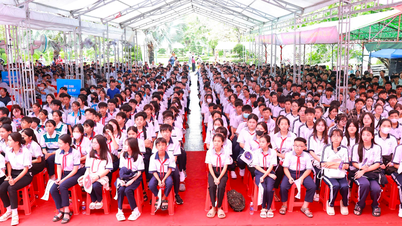





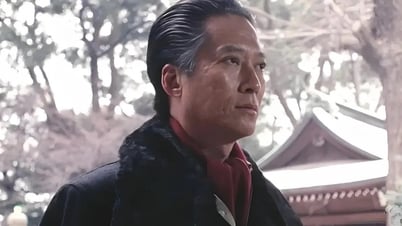





![[Photo] Crane falls on container truck and car at traffic construction site](https://vphoto.vietnam.vn/thumb/402x226/vietnam/resource/IMAGE/2025/5/31/a8d3ae08da324cfe8ee406174c0eacc4)
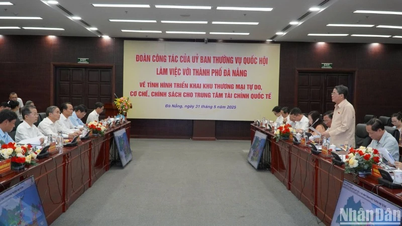



![[Photo] Prime Minister Pham Minh Chinh chairs a Dialogue with businesses and business associations](https://vphoto.vietnam.vn/thumb/402x226/vietnam/resource/IMAGE/2025/5/31/b606d6f6ff584fa28af9f353c91bf15d)

























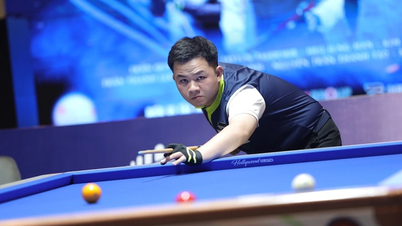
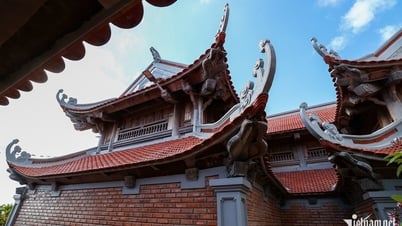


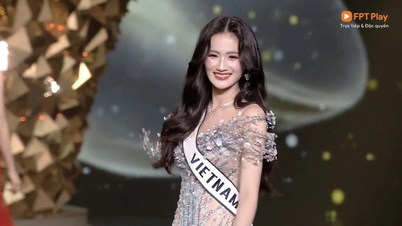

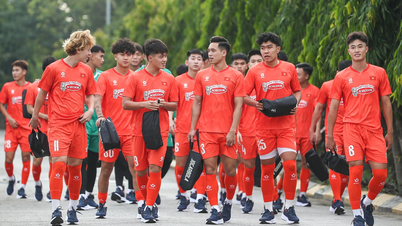








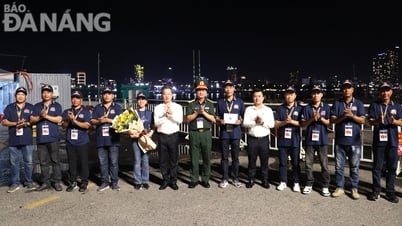

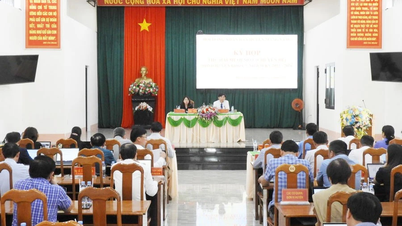

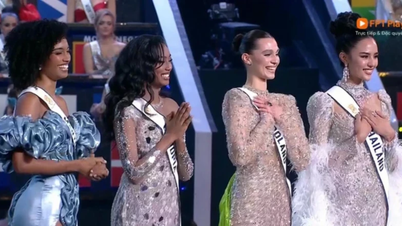



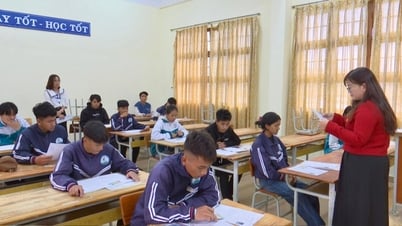
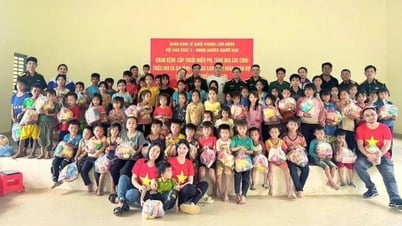










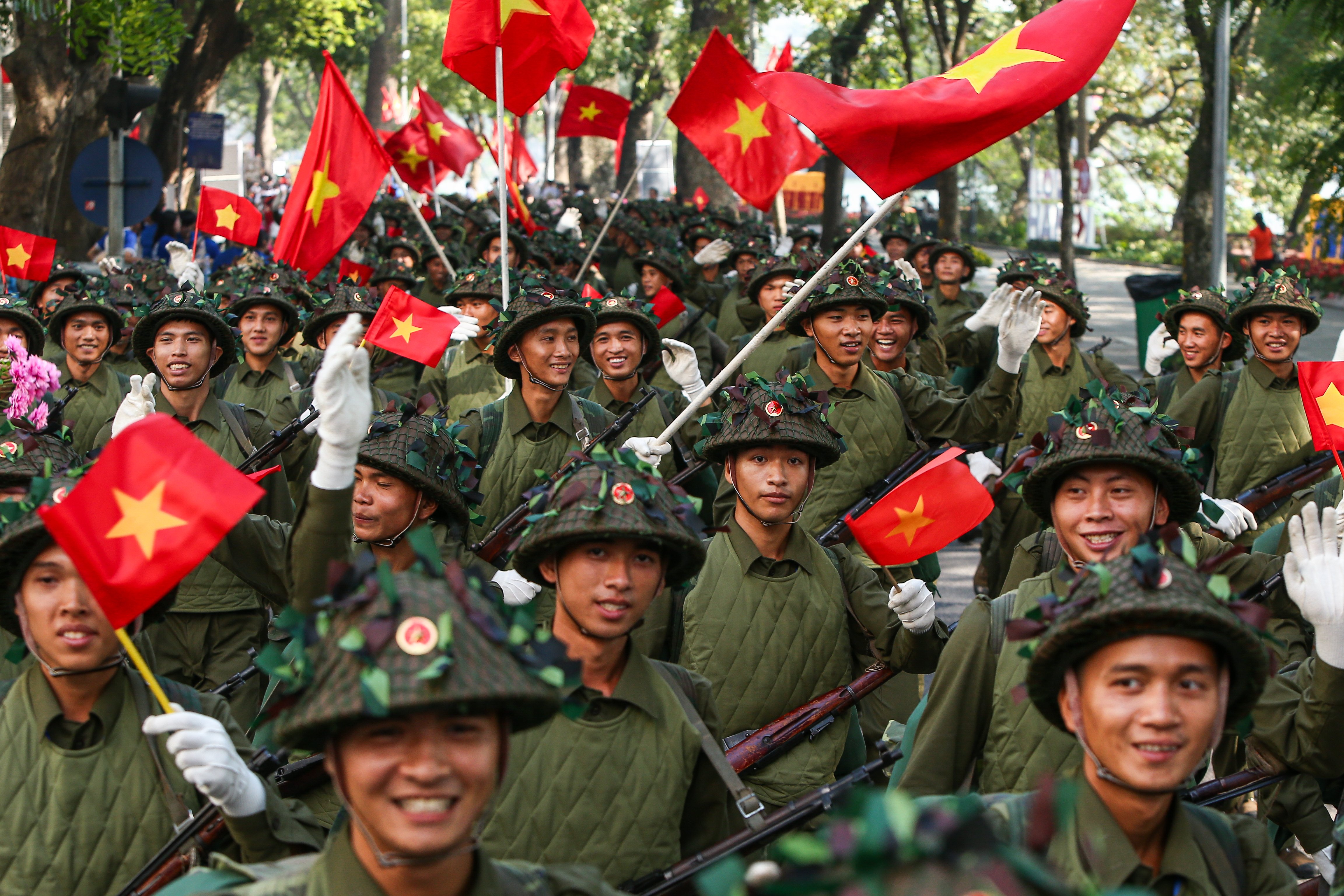



Comment (0)